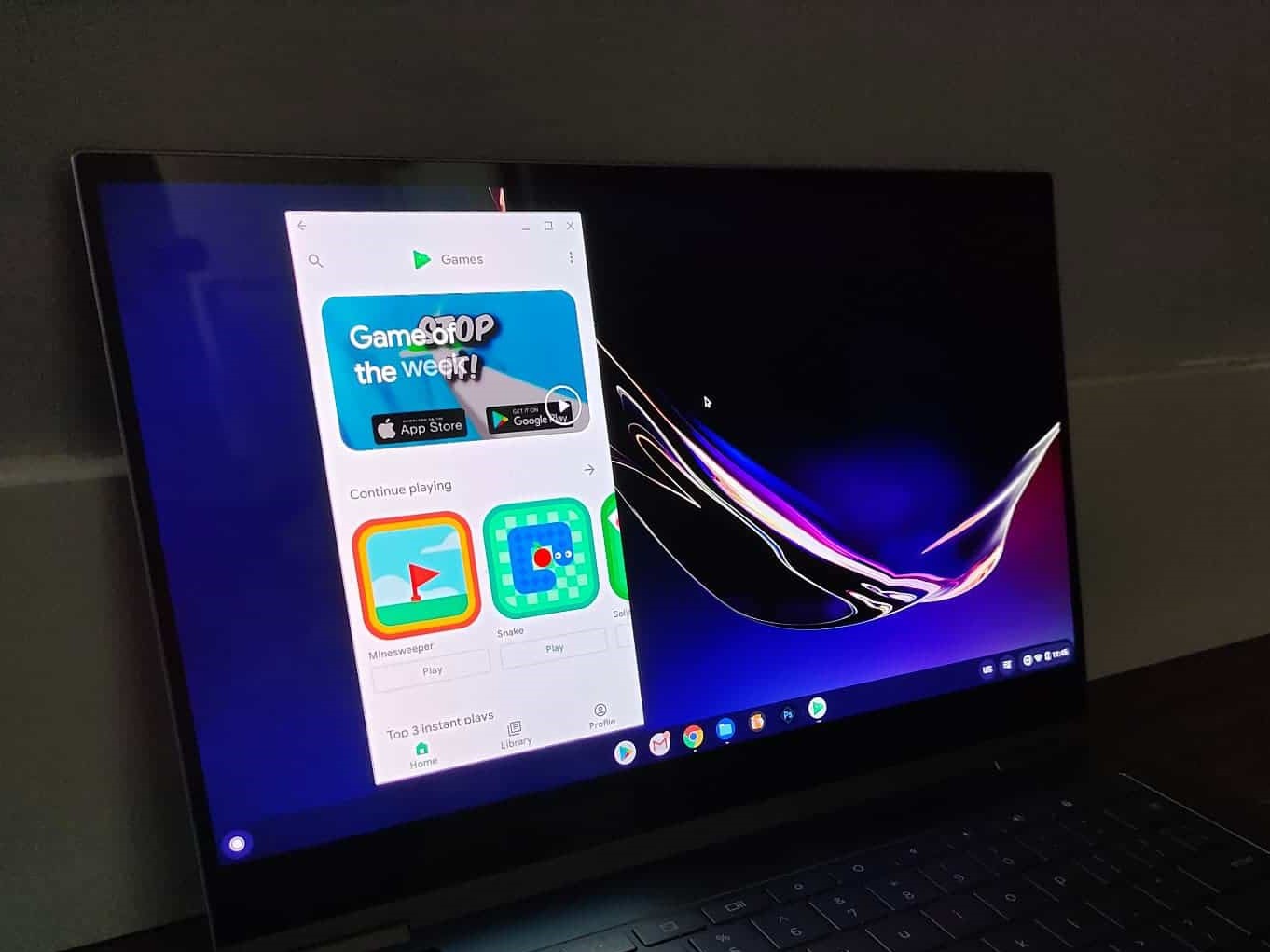
System Requirements
Before diving into the process, ensure your Chromebook meets basic system requirements for running Android apps. Here are the necessary specs and supported devices:
- Google Play Store Support: Your Chromebook must support the Google Play Store.
- Chrome OS Version: Ensure your Chromebook runs Chrome OS version 69 or later. Check your version by going to Settings > About Chrome OS.
- RAM: At least 4GB of RAM is needed for smooth performance.
- Processor: A 64-bit processor is essential. Verify your device specs to be sure.
- Storage: Ensure at least 10GB of free space. Clear unnecessary files if needed.
- Hardware Virtualization: Your Chromebook must support hardware virtualization. Enable it in your Chromebook’s BIOS settings.
Installing Android Apps
Installing Android apps on a Chromebook is straightforward. Follow these steps:
- Open the Google Play Store: Click on the Play Store icon in your app launcher.
- Search for the App: Use the search bar to find the desired app.
- Install the App: Click the “Install” button. The app will download and install automatically.
- Open the App: Once installed, find the app in your launcher and open it like any other app.
Compatibility Issues
Not every Android app will work perfectly on a Chromebook. Some apps are designed specifically for phones and might not scale well on a larger screen. Others might require hardware features that Chromebooks don't have, like GPS or certain sensors. However, most modern apps are optimized for larger screens and can be played without significant issues.
Running Android Apps
Once you've installed an app, run it like any other application on your Chromebook. Here are some tips for smooth operation:
- Close Unnecessary Apps: Free up system resources by closing other apps.
- Adjust Graphics Settings: Lowering graphics settings can help improve performance.
- Use Lightweight Emulators: Some emulators are less resource-hungry than others. Experiment with different emulators to find the best one for your system.
Optimizing Emulator Performance
Running an emulator can be resource-intensive, but there are ways to optimize performance:
- Allocate More RAM: If possible, allocate more RAM to the emulator.
- Experiment with Different Emulators: Different emulators have different performance profiles. Try out a few to see which one works best.
- Update Emulator and Apps: Ensure you're running the latest versions to resolve compatibility issues.
Troubleshooting Common Issues
Sometimes, things don't go as planned. Here are some common issues and their solutions:
Emulator Not Starting
- Check System Requirements: Ensure your Chromebook meets the system requirements mentioned above.
- Restart Your Device: Sometimes, simply restarting your device can resolve the issue.
- Update Emulator: Ensure that you're running the latest version of the emulator.
App Crashes
- Check for Updates: Check for updates to both the emulator and the app.
- Close Other Apps: Free up system resources by closing other apps.
- Adjust Graphics Settings: Lowering graphics settings can help improve performance and reduce crashes.
Slow Performance
- Optimize Emulator Settings: Adjust graphics settings and allocate more RAM if possible.
- Close Unnecessary Apps: Free up system resources by closing other apps.
- Use Lightweight Emulators: Experiment with different emulators to find one that is less resource-hungry.
Popular Emulators
Here are some popular emulators that you can use to run Android apps on your Chromebook:
- Bluestacks: Known for its ease of use and high performance.
- Nox Player: Offers features including multi-instance support and optimized performance.
- MEmu Play: Provides a seamless gaming experience with support for multiple instances.
Additional Tips
Using Keyboard Controls
If you prefer using keyboard controls instead of touch, many games support this option. Here’s how you can do it:
- Check Game Settings: Open the game settings and look for an option to switch to keyboard controls.
- Adjust Keybindings: Once switched to keyboard controls, adjust keybindings to suit your preferences.
Multi-Instance Support
Some emulators like Bluestacks and Nox Player offer multi-instance support. This feature allows running multiple instances of the same app simultaneously, useful for playing different games at the same time or managing multiple accounts.
Cloud Gaming
If you don't want to install an emulator or if your device doesn't meet the necessary specs, cloud gaming services like Google Stadia or NVIDIA GeForce Now can be a great alternative. These services allow playing high-quality games directly in your browser without needing additional software.
By following these steps and tips, you can enjoy a wide range of Android games on your Chromebook with ease. Whether seeking casual fun or serious gaming, this guide has everything needed to get started.
